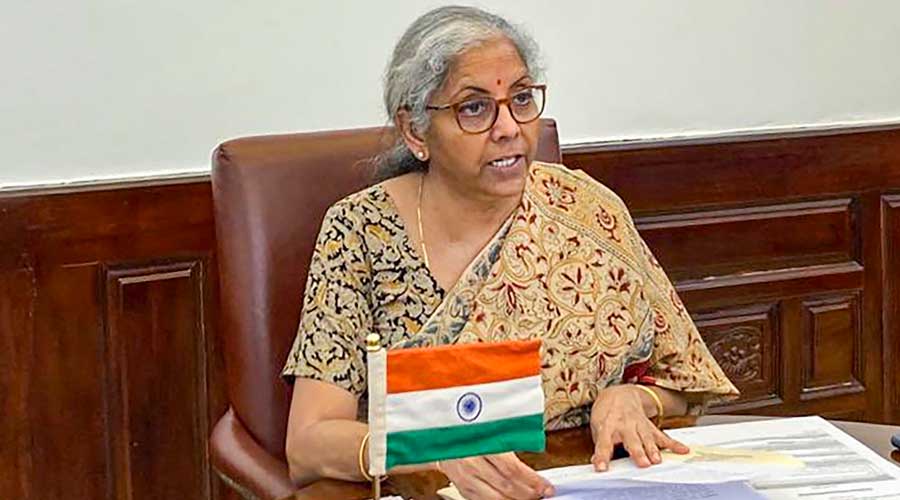Hard times call for tough decisions in the realm of economic policy. It is better not to be ideologically inflexible and a supple, pragmatic approach is warranted. The battered Indian economy requires policies to alleviate suffering and facilitate a quick recovery. The pandemic affected the supply side of production and logistics through lockdowns and restrictions on movements. It has also severely affected consumption and investment demand through loss of incomes and jobs. Both sides of the market require policy support. The big question is which side should be tackled first to achieve the best outcomes. In the last two budgets of the Union government as well as in the special packages announced in several tranches, the thrust of the measures has been on the supply side through soft loans, moratorium on loan repayments and guaranteed credit. Businesses require credit for two reasons: working capital and investment expenditure. The former is needed to sustain production levels while the latter adds to productive capacity. If demand is uncertain, then most enterprises would not want to sustain even the existing levels of production fearing the accumulation of unsold inventories. Businesses would certainly not like to add to capacity in such an economic environment. Hence supply-side strategies would not work as has indeed been the case in India, except for industries supplying necessities. The persistence with this strategy reflects the conservative thinking that supply creates its own demand.
Contrastingly, the budgetary strategy adopted by states like West Bengal has concentrated on the demand side of markets for the following reason. If people have more cash to spend, they would start buying more goods. Businesses would then realize that demand for their products is increasing and step up production. This, in turn, would lead to an increased demand for working capital and, in many cases, capital expenditures. With increased production, employment and incomes would rise too. This would have a virtuous cyclical effect on economic growth and the impasse of low demand and low production would be broken. Cash transfers to the poor and the unemployed may appear to be populist but they make sense. The West Bengal government’s resources are limited compared to those of the Centre. However, its budget signals, in a small way, the correct direction of policy in times of economic hardship. The strategy does not increase the debt-burden of the needy, provides immediate relief for consumption requirements, and kick-starts growth. There has to be a critical mass for this economic push. In that context, the Centre is much better placed than a state to provide the adequate impetus.










